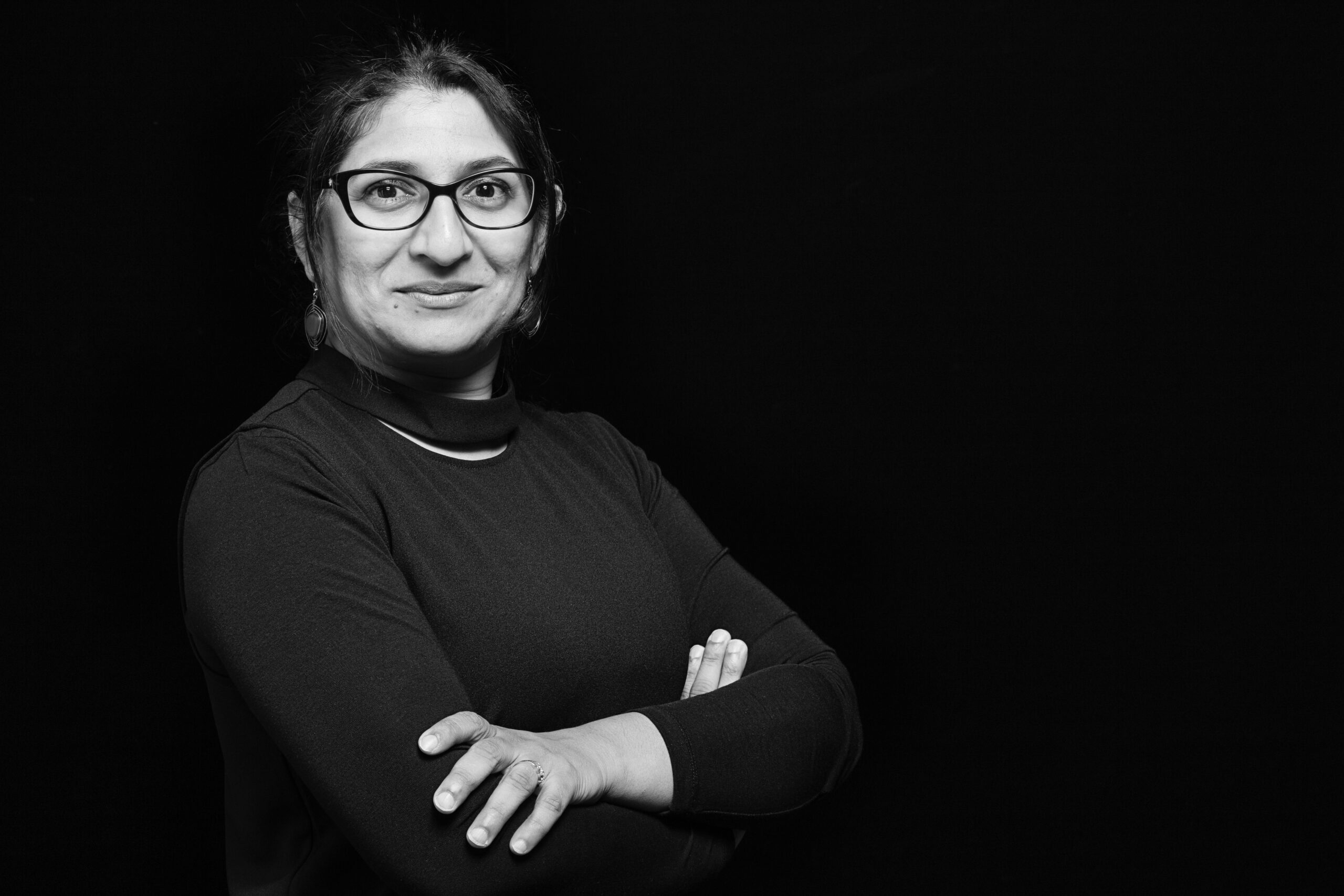
Chris Holzwart awarded George G. Booth Traveling Fellowship
Chris Holzwart awarded George G. Booth Traveling Fellowship
Chris Holzwart, M.Arch.’11, is the 2013 George G. Booth Traveling Fellow. Chris will investigate the evolution of the architectural detail and its embodied form in Japanese architecture. Employing careful documentation of the detail itself rather than the buildings as a whole, Chris proposes to study comparisons of historic and modern case studies spanning from traditional teahouses and Metabolist towers to some of the more ethereal contemporary projects that seem to suppress detail in their larger form. He is hoping to gain insight into the relationship between the possibilities of new technology and the traditional craftsmanship embedded in the genealogy of the detail itself.
The jurors were impressed and excited by the proposals, but in the end they unanimously agreed that Chris Holzwart’s proposal was the clear winner. Their comments, “The winning submission not only stood out in each of these categories, but Chris’ interest in looking at the detail in the context of contemporary architectural production that finds itself returning to a detail-oriented practice through the support of current technological innovations in production and fabrication produced a very compelling proposal for travel-based research.
About the jurors:
Craig Borum is a Professor at the University of Michigan where he served as Director of the Master of Architecture Program from 2010- 2012. Mr. Borum is from Portsmouth, Virginia and received his architectural training from the University of Virginia. He has also taught visiting studios at the Southern California Institute of Architecture and the University of Cincinnati. He has served on design juries and lectured at a number of institutions including SCI-Arc, the University of Virginia, MIT, Yale, Tulane, University of Minnesota, the University of Cincinnati, the University of Illinois Urbana-Champagne, University of Colorado, University of Detroit Mercy, the University of Illinois Chicago as well as internationally in Italy, the Netherlands and Argentina. Mr. Borum established Ply Architecture in Ann Arbor, MI in 1999. His professional practice and design research have garnered considerable accolades for digital fabrication, material practice and, most recently, research that engages climate and atmosphere related to glass construction practices.
Kit Krankel McCullough is a Lecturer in Architecture at the University of Michigan. In her current practice, Ms. McCullough has developed strategies toward economic and environmental sustainability at a range of scales, from individual properties to entire regions; and for a range of clients, including cities, institutions, developers, and neighborhood groups. She has also participated on Sustainable Design Assistance Teams around the country for the American Institute of Architects. Prior to joining the faculty at Michigan, Ms. McCullough led an urban design studio at Urban Design Associates in Pittsburgh, where she directed downtown revitalization projects and prepared master plans and design guidelines for new and infill neighborhood developments throughout the country. In her previous experience, Ms. McCullough practiced urban design for several years in Austin, Texas, and before that, with Duany Plater-Zyberk in Miami. She received her Bachelor of Architecture from the University of Texas at Austin and her Master of Architecture in Urban Design from Harvard University.
Jong-Jin Kim is an Associate Professor of Architecture at the University of Michigan. Dr. Kim teaches sustainable building technology. The principal theme of his research is to explore how environmental sustainability and technological innovation shape future architecture. Under this theme, he conducts research on sustainable design, daylighting and lighting, solar and wind energy production, and zero energy buildings. His current research projects include development of PV integrated energy producing facades and zero energy homes and skyscrapers. He has published and given lectures internationally on environmental sustainability. During 2000 and 2003, he served as an honorary editor for the Encyclopedia of Life Supporting Systems sponsored by the UNESCO. In 2005, he was a recipient of the Brain-Pool Fellowship sponsored by the Korean Science and Engineering Foundation. He has collaborated with architectural practitioners on various green building projects. He is an editorial board member of the Indoor and Building Environment journal.
About the George G. Booth Traveling Fellowship:
This fellowship was first awarded in 1924. It is offered annually by the University of Michigan, A. Alfred Taubman College of Architecture + Urban Planning and presently carries a stipend of up to $9,000. The fellowship provides the opportunity for recent alumni/ae to research some special aspect of architecture that requires international travel. To be eligible, you must be 30 years of age or under before the March 31, 2013 application deadline and must either expect to graduate by August 2013 or be a master of architecture graduate of the University of Michigan.
For more information about previous winners and eligibility, visit the George G. Booth Traveling Fellowship page.









